Home>Furniture>Outdoor Furniture>How To Get Rust Off Patio
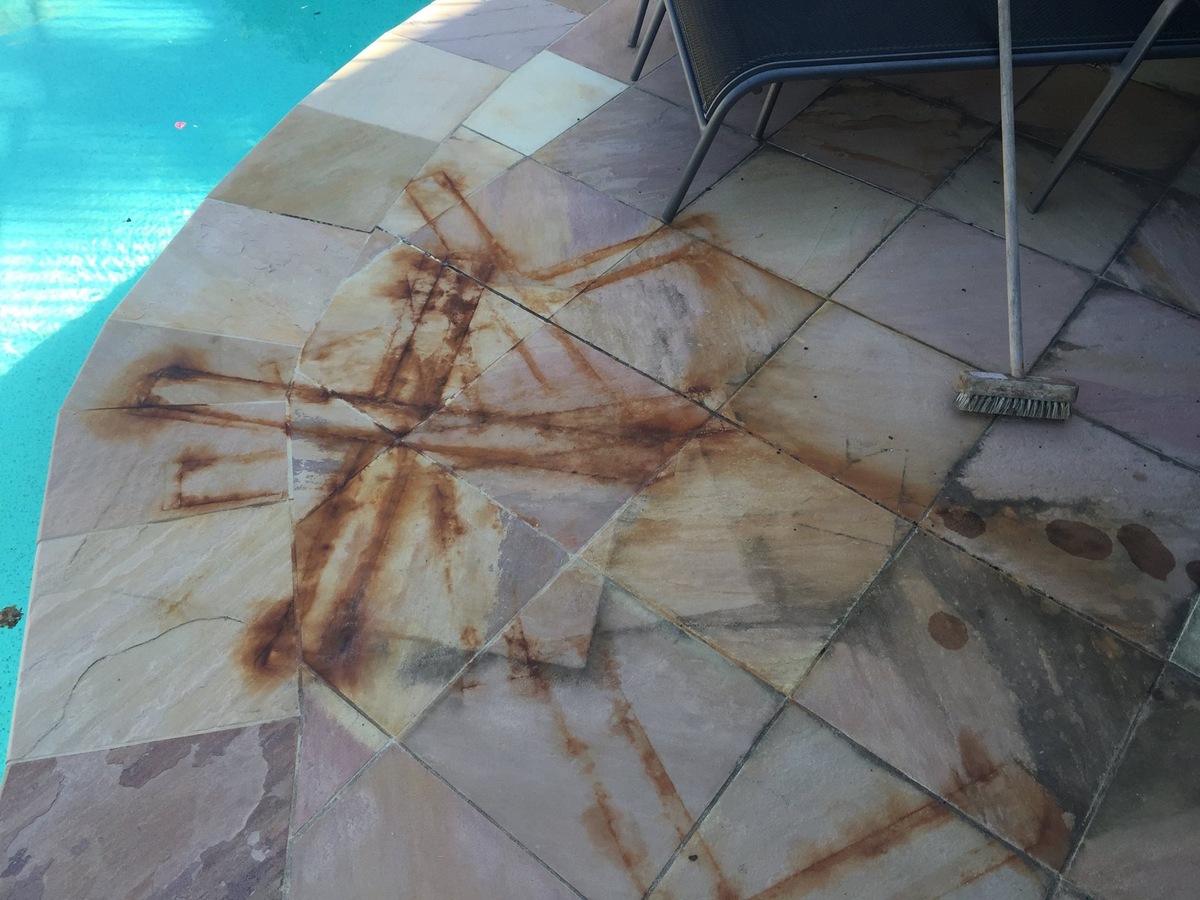

Outdoor Furniture
How To Get Rust Off Patio
Modified: August 23, 2024
Learn how to remove rust and get your outdoor furniture looking like new with our step-by-step guide on how to get rust off your patio.
(Many of the links in this article redirect to a specific reviewed product. Your purchase of these products through affiliate links helps to generate commission for Storables.com, at no extra cost. Learn more)
Introduction
Welcome to the wonderful world of outdoor furniture! Whether you love hosting barbecues, relaxing by the pool, or simply enjoying a cup of coffee on your patio, having well-maintained outdoor furniture is a must. However, over time, your patio furniture may start to develop rust, which can be unsightly and even compromise its structural integrity.
If you’ve noticed rust on your patio furniture, don’t worry! In this guide, we’ll walk you through the steps to effectively remove rust from your patio furniture and restore it to its former glory. By following these simple steps, you’ll be able to enjoy your outdoor space once again without the eyesore of rust. Now, let’s dive in!
Key Takeaways:
- Say goodbye to rust on your patio furniture! Assess, gather supplies, and follow steps to remove rust effectively. Maintain your furniture to prevent future rust and enjoy a rust-free outdoor space.
- Remove rust from your patio furniture with ease! Scrub, rinse, and apply a rust inhibitor to protect against future rust. Regular maintenance will keep your outdoor furniture looking its best.
Read more: How To Get Rust Off Metal Patio Furniture
Step 1: Assess the Rusted Patio
The first step in removing rust from your patio furniture is to assess the extent of the rust damage. Take a close look at the affected areas and determine how widespread the rust is. Are there just a few small spots, or is the entire surface covered in rust?
If the rust is limited to a few small spots, you may be able to treat and remove it on your own. However, if the rust has taken over a large portion of your patio furniture or has caused significant damage, you may need to consider seeking professional help or replacing the furniture entirely.
Additionally, it’s important to consider the material of your patio furniture. Different materials require different treatment methods. Common materials for outdoor furniture include wrought iron, aluminum, steel, and wood. Each material will react differently to rust and may require specific techniques to remove it effectively. Understanding the material of your furniture will help you determine the best course of action for rust removal.
Once you have assessed the rust damage and determined the material of your patio furniture, you can proceed to the next step of gathering the necessary supplies.
Step 2: Gather the Necessary Supplies
Before you can start removing rust from your patio furniture, you’ll need to gather the necessary supplies. Having the right tools and materials on hand will make the process much easier and ensure that you achieve the best results.
Here are some common supplies you will need:
- Rust remover solution: Look for a rust remover specifically designed for the material of your furniture. There are various options available, such as liquid rust removers, rust converter sprays, or even homemade solutions.
- Protective gear: It’s important to protect yourself while working with chemicals. Wear gloves, safety goggles, and a mask to shield your skin, eyes, and lungs.
- Scrubbing tools: Depending on the material of your furniture, you may need different scrubbing tools. Brushes with stiff bristles or abrasive pads are often used for removing rust. Make sure to select a brush or pad that won’t damage the surface of your furniture.
- Water source: You’ll need a water source nearby to rinse off the rust remover and clean the furniture.
- Towels or rags: Keep some towels or rags handy for drying the patio furniture after rinsing and removing the rust.
- Rust inhibitor: Once you’ve removed the rust, it’s a good idea to apply a rust inhibitor to prevent future rust formation. Look for a product that is specifically suited for the material of your furniture.
Take the time to gather all of these supplies before you begin the rust removal process. This way, you can work efficiently and ensure that you have everything you need at your fingertips. With the necessary supplies in hand, you’re ready to move on to the next step of removing loose rust debris.
Step 3: Remove Loose Rust Debris
Now that you have your supplies ready, it’s time to start the rust removal process. The first step is to remove any loose rust debris from your patio furniture. This will help prepare the surface for further treatment and prevent any loose rust from spreading.
Here’s how to remove loose rust debris:
- Begin by brushing off the rusted areas using a brush or abrasive pad. Make sure to apply gentle pressure to avoid scratching or damaging the surface of your furniture.
- If the rust is stubborn and doesn’t come off easily, you can use sandpaper or a wire brush to gently scrub the affected areas. Be cautious not to apply too much pressure, as this can further damage the furniture.
- Once you have removed as much loose rust as possible, give the furniture a thorough wipe down with a clean cloth to remove any remaining debris.
- If your patio furniture has intricate designs or hard-to-reach areas, consider using a soft-bristled brush or a toothbrush to ensure all rust debris is removed.
Removing loose rust debris is an essential step in the rust removal process. By getting rid of loose rust particles, you create a clean surface that is ready for the next steps of rust removal. Once you have removed the loose debris, you can move on to applying a rust remover solution.
Step 4: Apply a Rust Remover Solution
Now that you’ve removed the loose rust debris, it’s time to apply a rust remover solution to tackle the remaining rust on your patio furniture. A rust remover solution is designed to break down and dissolve the rust, making it easier to remove.
Follow these steps to apply a rust remover solution:
- Read the instructions on the rust remover solution carefully to ensure proper usage and safety.
- Apply the rust remover solution to the rusted areas of your patio furniture. Use a brush or sponge to evenly spread the solution and ensure it covers the rusted surfaces.
- Allow the solution to sit on the furniture for the recommended amount of time specified on the product’s instructions. This will vary depending on the brand and the severity of the rust.
- During this waiting period, make sure to keep the furniture away from direct sunlight or excessive heat, as it may affect the effectiveness of the rust remover.
Applying a rust remover solution allows it to penetrate the rust and break it down at a molecular level. This will make the next step of scrubbing the rusted areas much easier and more effective. Once the recommended time has passed, you can proceed to the next step of scrubbing the rusted areas.
Read more: How To Get Rust Off Countertops
Step 5: Scrub the Rusted Areas
After allowing the rust remover solution to sit for the recommended time, it’s time to scrub the rusted areas of your patio furniture. Scrubbing will help to loosen and remove the remaining rust, revealing a cleaner and more revitalized surface.
Follow these steps to effectively scrub the rusted areas:
- Using a brush with stiff bristles or an abrasive pad, start scrubbing the rusted areas in a circular motion. Apply moderate pressure to ensure effective rust removal.
- Continue scrubbing until you no longer see any rust particles on the brush or pad and the removed rust appears to be minimal.
- If needed, you can apply more rust remover solution during the scrubbing process to further aid in the removal of stubborn rust. Follow the instructions provided with the rust remover solution for proper application.
- Pay attention to intricate details and hard-to-reach areas, as rust can accumulate in these spots. Use a toothbrush or a soft-bristled brush to reach these areas more easily.
It’s important to be patient during this step, as removing rust may take some time and effort. By consistently and thoroughly scrubbing the rusted areas, you’ll be able to restore the appearance of your patio furniture. Once you’ve scrubbed the rusted areas, you can proceed to rinse off the patio surface.
To get rust off a patio, mix equal parts of white vinegar and water, then scrub the affected area with a brush or sponge. Rinse with water and repeat if necessary.
Step 6: Rinse off the Patio Surface
After thoroughly scrubbing the rusted areas of your patio furniture, it’s time to rinse off the patio surface. This step is crucial to remove any remaining rust remover solution and debris from the furniture. Rinsing will help reveal the true condition of your furniture and allow you to assess the effectiveness of the rust removal process.
Here’s how you can effectively rinse off the patio surface:
- Use a hose or a bucket of water to thoroughly rinse the patio furniture. Make sure to target all the rusted areas and rinse off any residual rust remover solution.
- Use a soft cloth or sponge to wipe down the furniture and ensure all the solution and debris are removed.
- If needed, repeat the rinsing process to ensure a thorough cleaning. This can be particularly important if your patio furniture has intricate designs or hard-to-reach areas.
By rinsing off the patio surface, you’ll be able to see the progress you’ve made in removing the rust. The furniture should look cleaner and more vibrant than before. Take a moment to appreciate the transformation, but don’t stop here – we still have a few more steps to go to complete the rust removal process.
Step 7: Dry the Patio Thoroughly
Once you have rinsed off the patio surface, it’s crucial to dry it thoroughly. Proper drying will prevent any remaining moisture from causing further rust or damage to your patio furniture. Additionally, it will help prepare the surface for the next step of applying a rust inhibitor.
Follow these steps to ensure a thorough drying process:
- Use a clean towel or cloth to wipe down the patio furniture and remove any excess moisture.
- If possible, allow the furniture to air dry in a well-ventilated area. If you’re in a hurry, you can use a fan or a hairdryer on a low heat setting to speed up the drying process.
- Avoid leaving the furniture in direct sunlight, as this can lead to uneven drying and potential damage.
- Ensure that all parts of the patio furniture are completely dry before proceeding to the next step of applying a rust inhibitor.
Properly drying the patio surface will help maintain the integrity of your furniture and prevent any future rust formation. By taking the time to complete this step, you’re setting the stage for long-lasting rust protection and enjoying a beautiful outdoor space. Once the patio surface is completely dry, you’re ready to move on to the next step of applying a rust inhibitor.
Step 8: Apply a Rust Inhibitor
After removing the rust and thoroughly drying the patio surface, it’s essential to apply a rust inhibitor to protect your furniture from future rust formation. A rust inhibitor creates a protective barrier that helps prevent oxidation and rust from returning.
Follow these steps to effectively apply a rust inhibitor:
- Choose a rust inhibitor specifically designed for the material of your patio furniture. Different materials may require different types of inhibitors, so make sure to select the appropriate one.
- Read and follow the instructions provided with the rust inhibitor to understand the proper application method.
- Using a brush or a soft cloth, apply the rust inhibitor to all the exposed surfaces of your patio furniture. Make sure to cover all areas susceptible to rust.
- Allow the rust inhibitor to dry completely as recommended by the product instructions. This may take anywhere from a few hours to a full day, depending on the type of rust inhibitor used.
Applying a rust inhibitor is like adding an extra layer of defense to your patio furniture. It helps prolong its lifespan and maintain its appearance over time. By taking this preventive measure, you can enjoy your outdoor space without the worry of rust creeping back. Once the rust inhibitor has dried, you’re almost done – just one more step to go!
Read more: How To Clean Rust Off Patio Furniture
Step 9: Maintain the Patio to Prevent Future Rust
Congratulations on successfully removing rust from your patio furniture and applying a rust inhibitor! To ensure that your furniture stays rust-free, it’s essential to implement proper maintenance practices. By following these tips, you can prevent future rust and prolong the life of your patio furniture:
- Clean Regularly: Regularly clean your patio furniture to remove dirt, debris, and any moisture that may accumulate. Use a gentle cleanser and a soft cloth or sponge to avoid scratching the surface.
- Protect from the Elements: When not in use, cover your patio furniture with waterproof covers or move it to a covered area. This will protect it from exposure to rain, humidity, and other natural elements that can lead to rust formation.
- Remove Standing Water: After rain or watering plants, be sure to remove any standing water from your patio furniture. Water can accelerate the rusting process, so it’s important to keep your furniture dry.
- Tighten Loose Screws: Regularly check and tighten any loose screws or fittings on your patio furniture. Loose parts can create gaps where moisture can accumulate, leading to rust.
- Touch Up Paint: If your furniture has a painted surface, keep an eye out for any chips or scratches. Touch up these areas with matching paint to protect against rust formation.
- Inspect Regularly: Conduct regular inspections of your patio furniture to catch any early signs of rust or damage. The sooner you address the issue, the easier it will be to prevent further damage.
By implementing these maintenance practices, you can keep your patio furniture in excellent condition and minimize the risk of future rust formation. Remember, prevention is key to maintaining the longevity and beauty of your outdoor furniture.
With these steps, you now have the knowledge and tools to effectively remove rust from your patio furniture and keep it looking its best. Enjoy your refreshed outdoor space and the peace of mind knowing that you have conquered rust! Happy lounging and entertaining!
Conclusion
Congratulations on successfully removing rust from your patio furniture and taking the necessary steps to prevent future rust formation. By following the steps outlined in this guide, you have transformed your outdoor space and restored the beauty of your furniture.
Removing rust from patio furniture requires patience, effort, and the right tools and supplies. Assessing the extent of the rust, gathering the necessary supplies, and applying a rust remover solution were crucial steps in the process. Scrubbing the rusted areas and rinsing off the patio surface helped reveal a clean and revitalized surface. Thoroughly drying the patio before applying a rust inhibitor added an extra layer of protection against future rust formation.
Remember to continue maintaining your patio furniture to prevent future rust. Regular cleaning, protecting it from the elements, and addressing any signs of damage promptly will help keep your furniture in top shape for years to come
Now that you have the knowledge and tools to tackle rust on your patio furniture, don’t let it dampen your enjoyment of the great outdoors. Sit back, relax, and savor the beauty of your rust-free patio furniture. Appreciate the efforts you’ve put into restoring and maintaining it, and let your outdoor space become a haven of relaxation and entertainment once again.
Thank you for joining us on this journey of rust removal and prevention. We hope your patio furniture stays rust-free for years to come, allowing you to create cherished memories in your outdoor oasis. Cheers to a rust-free and enjoyable outdoor experience!
Frequently Asked Questions about How To Get Rust Off Patio
Was this page helpful?
At Storables.com, we guarantee accurate and reliable information. Our content, validated by Expert Board Contributors, is crafted following stringent Editorial Policies. We're committed to providing you with well-researched, expert-backed insights for all your informational needs.
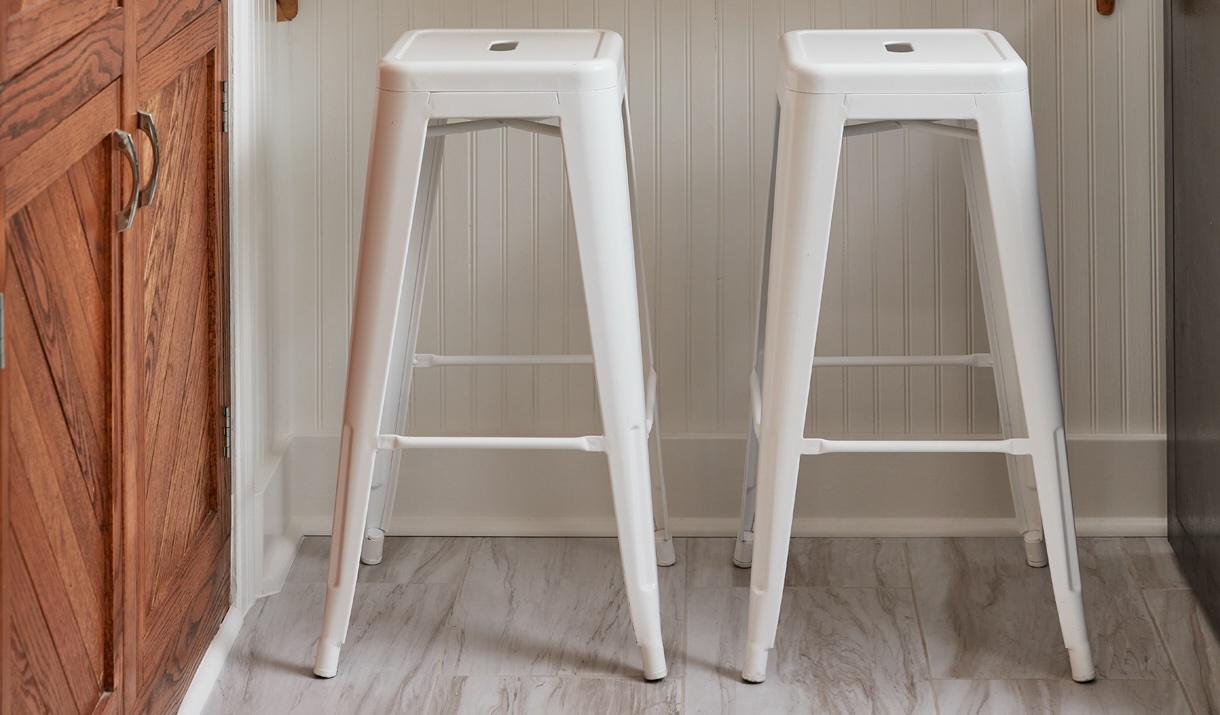
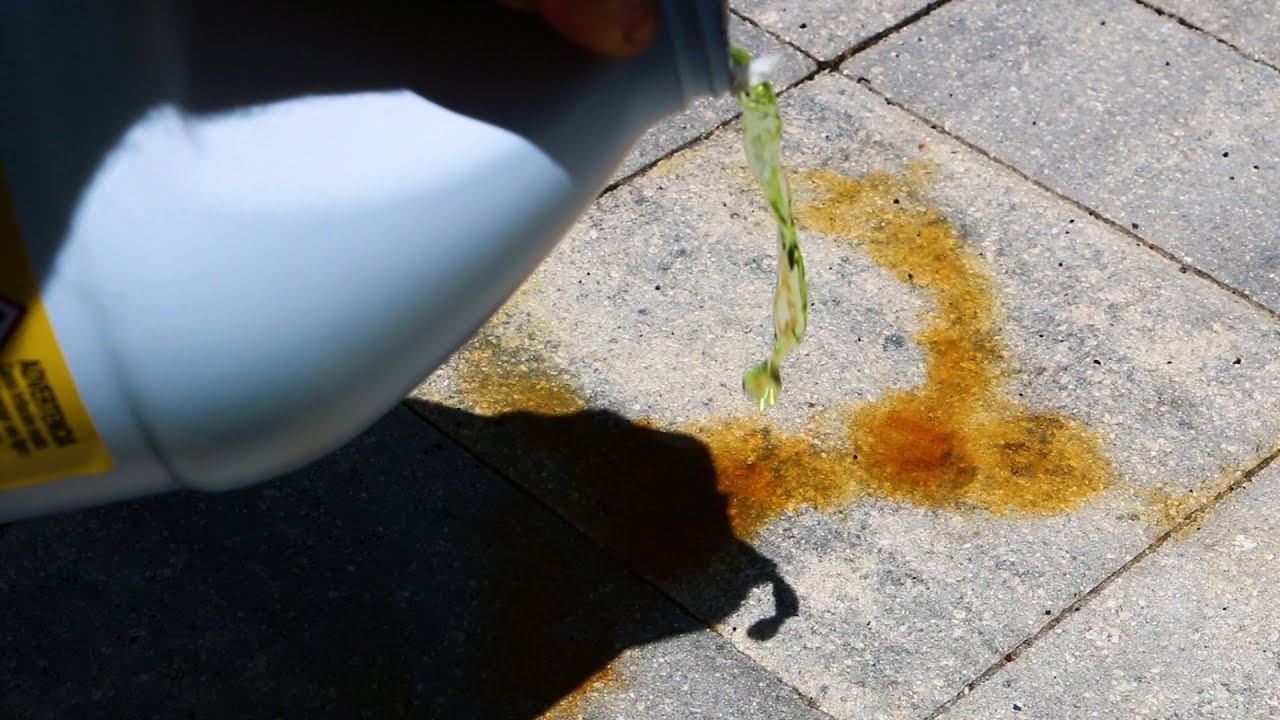
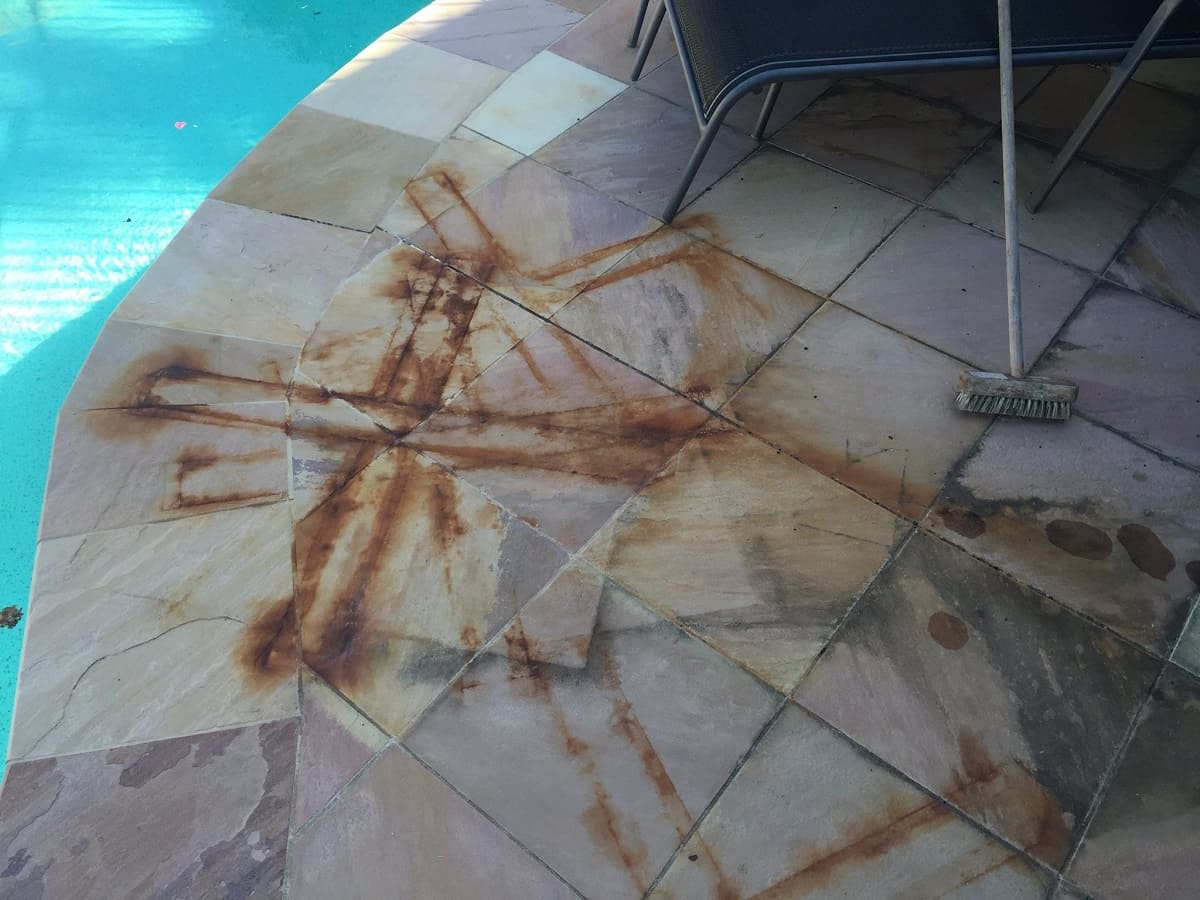
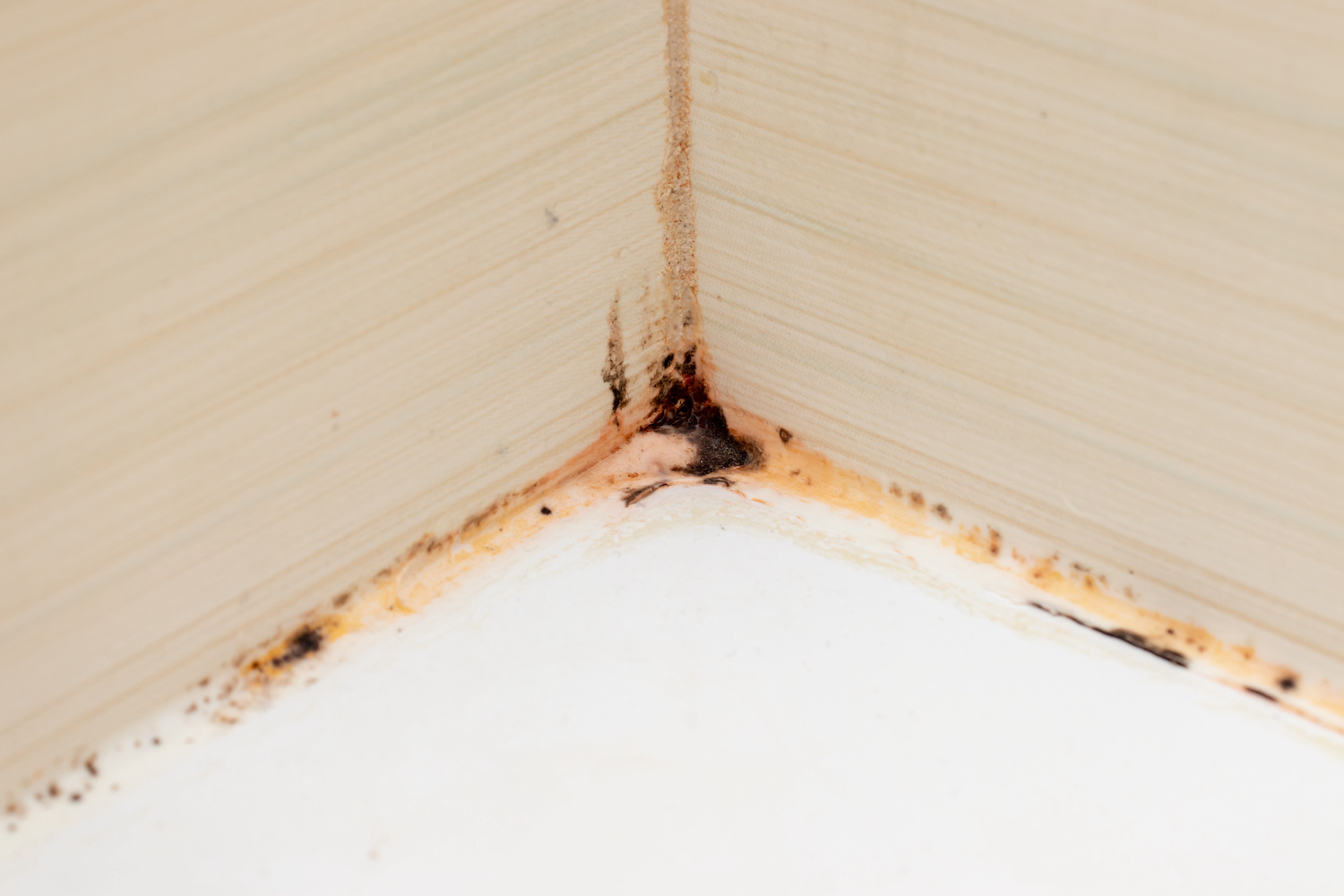
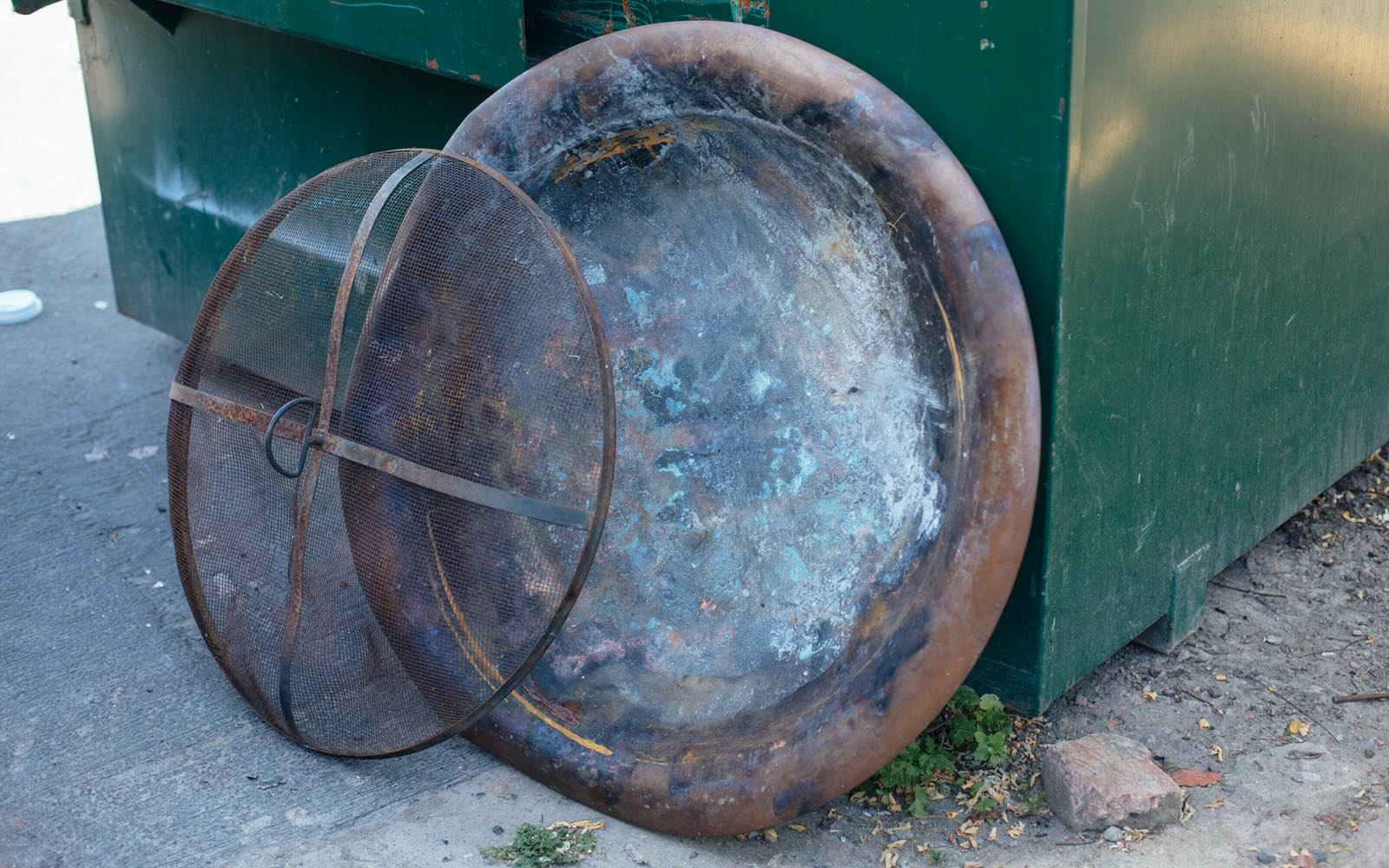
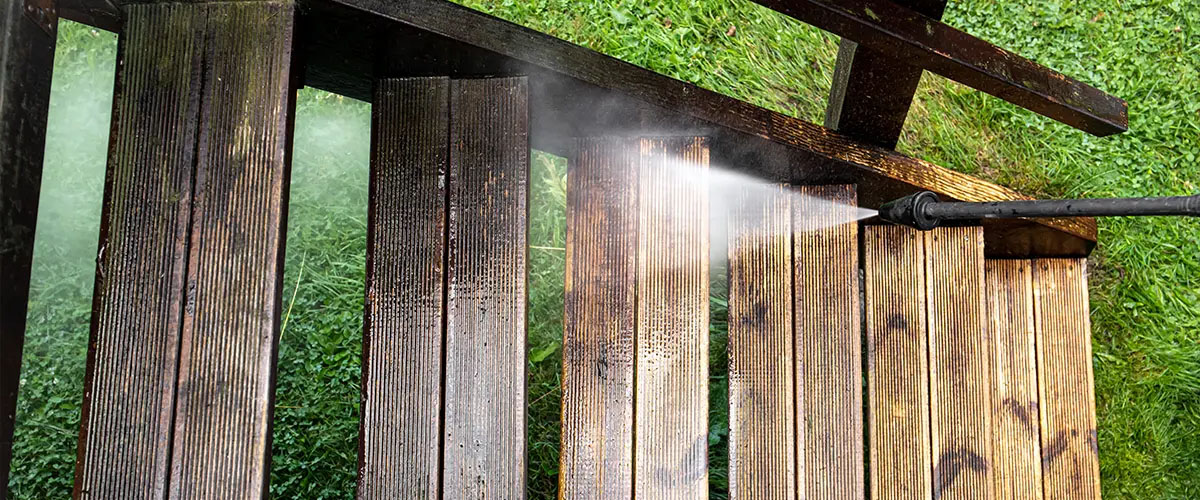
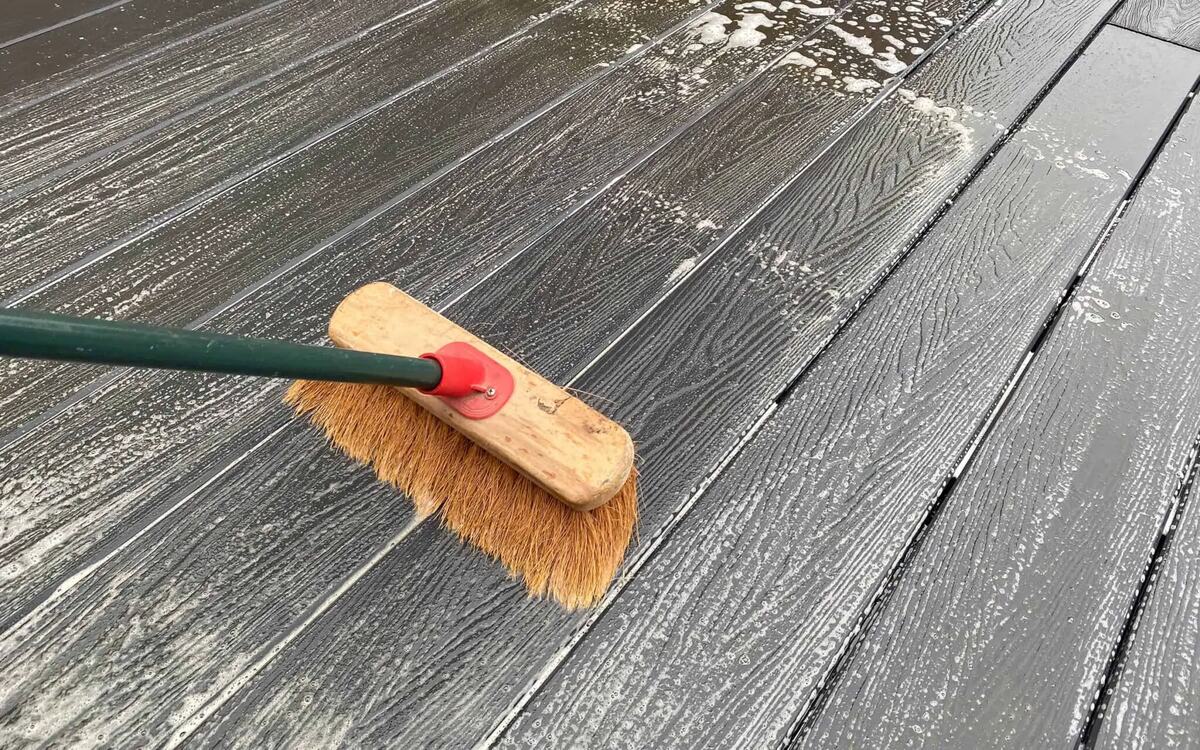
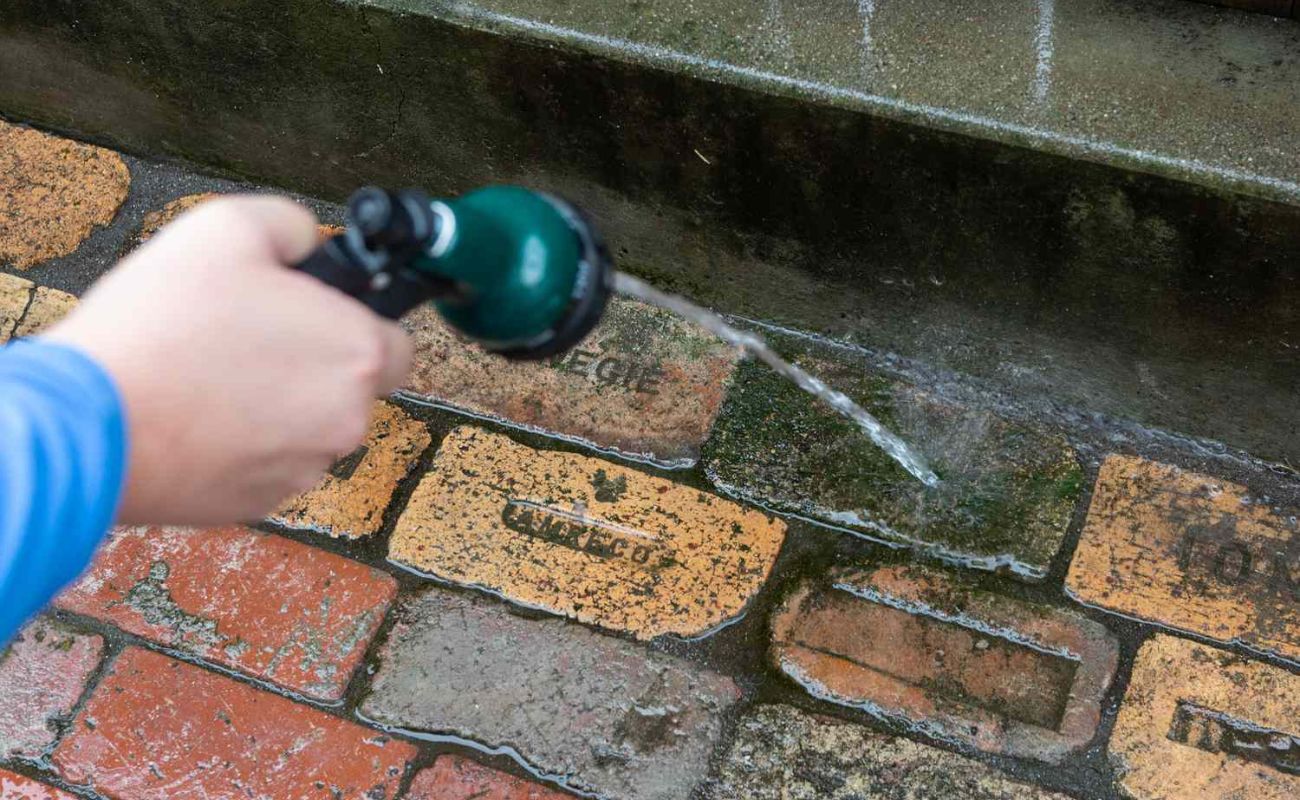
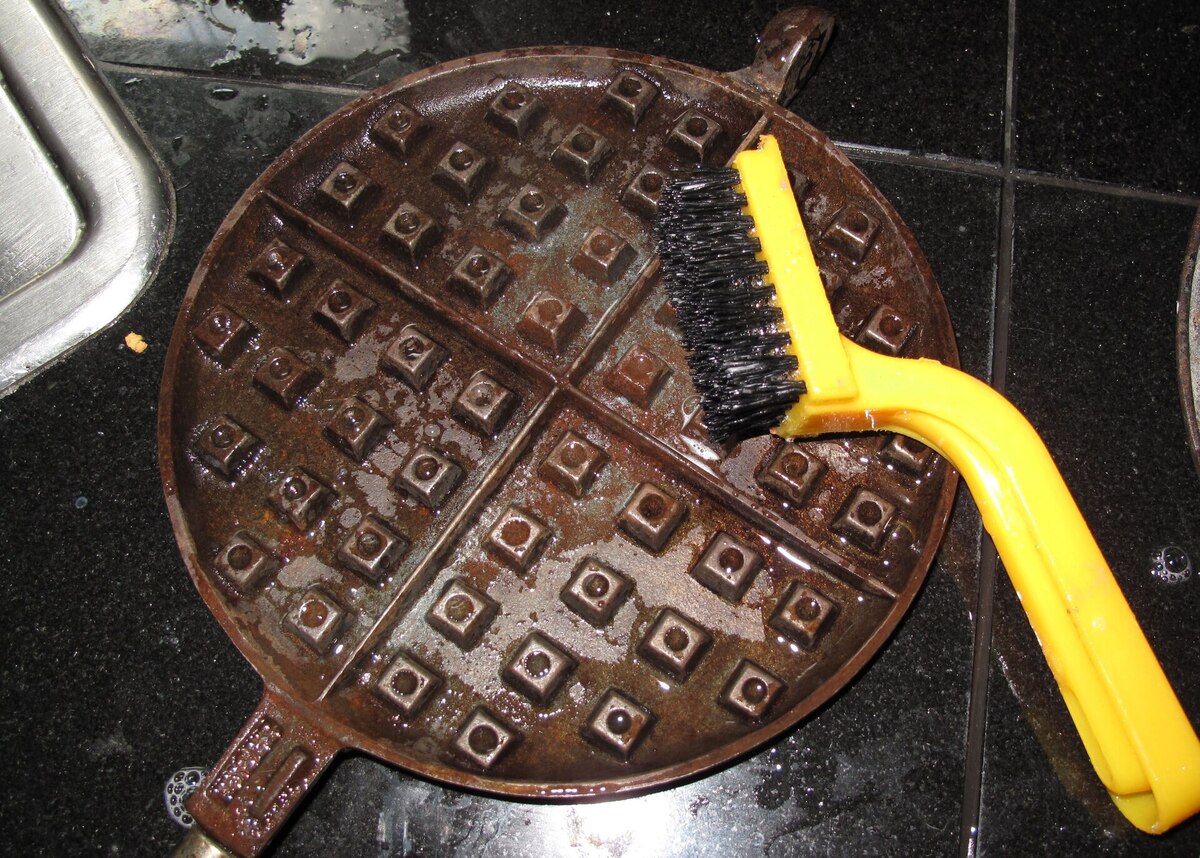
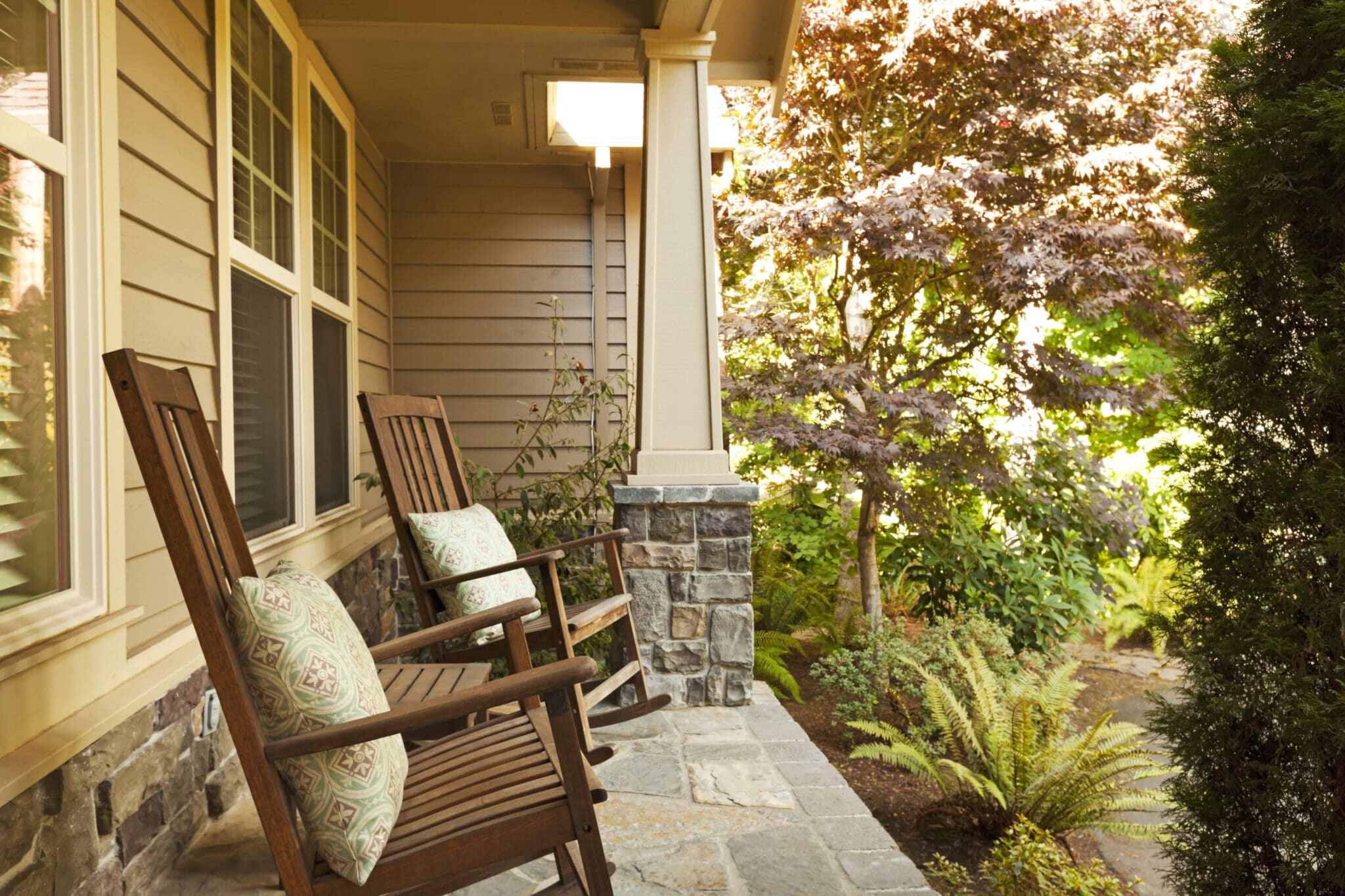
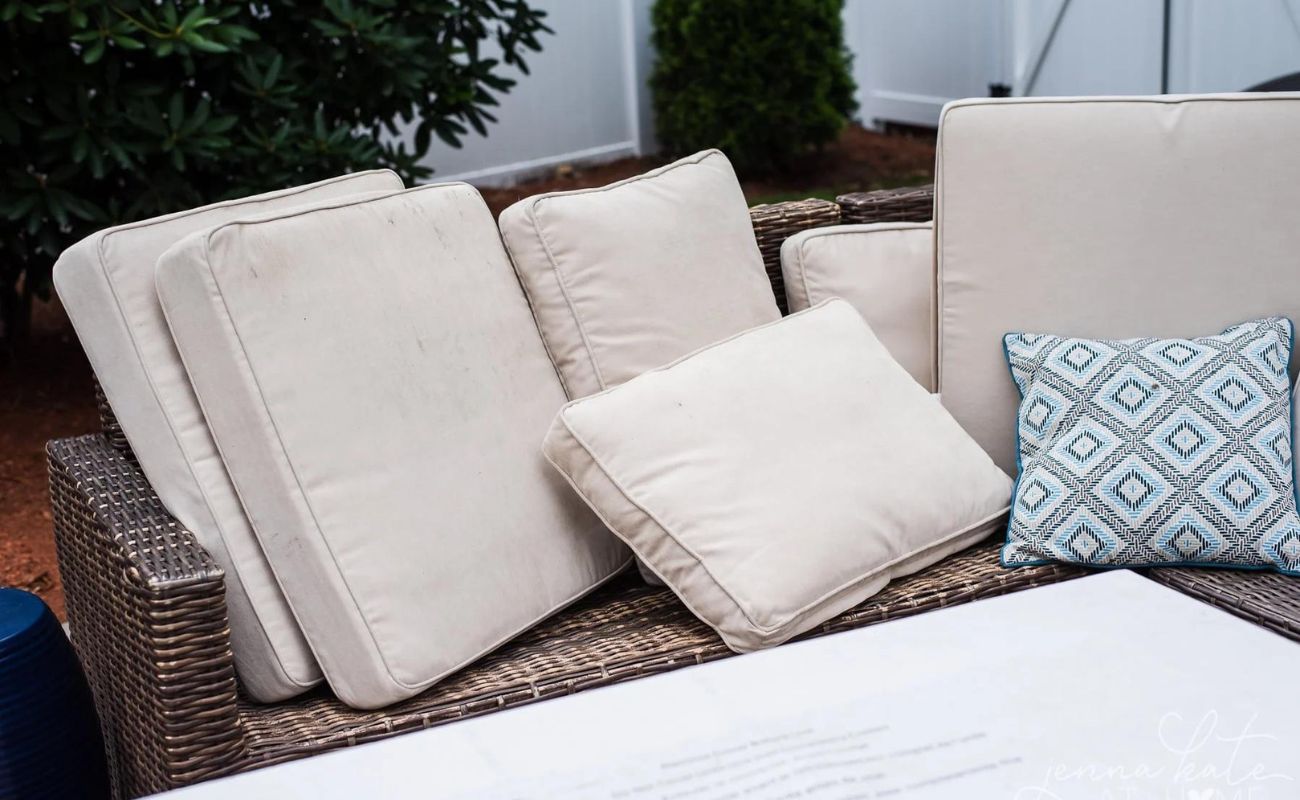
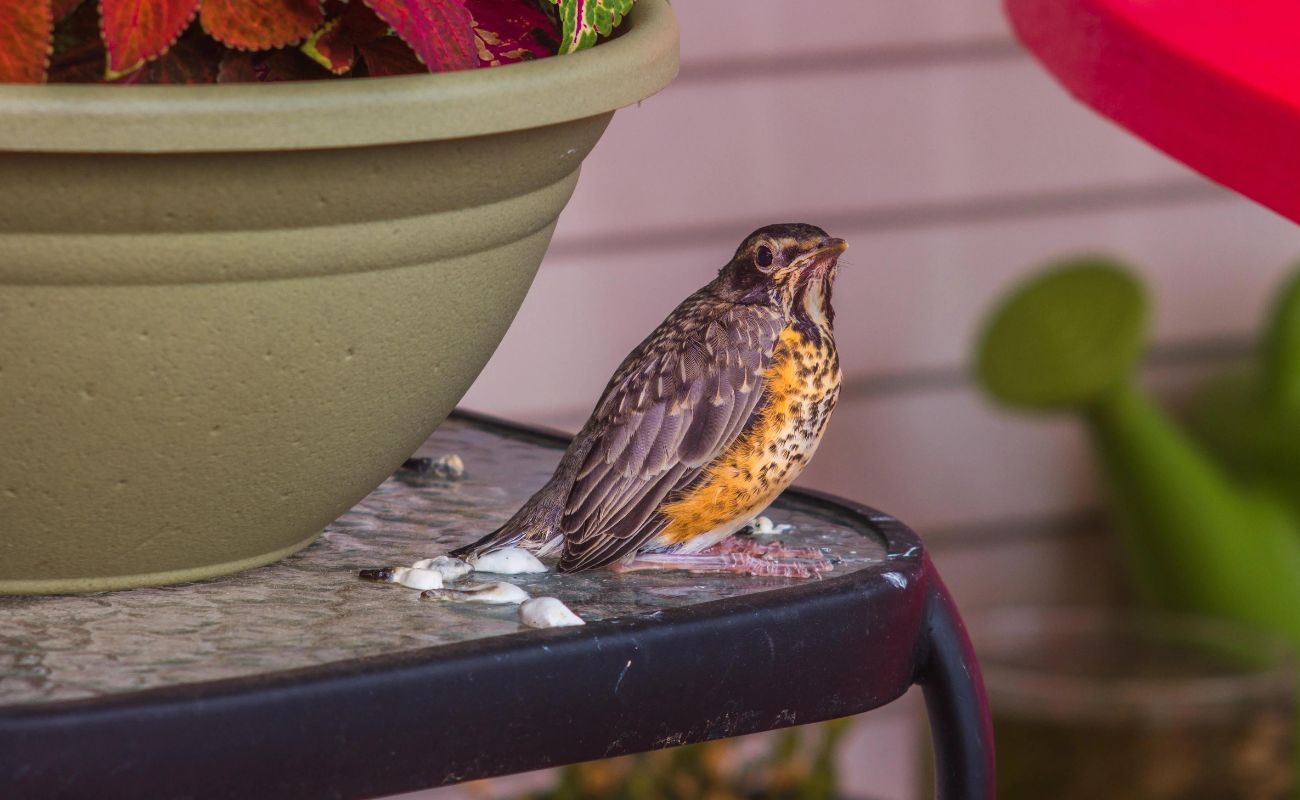
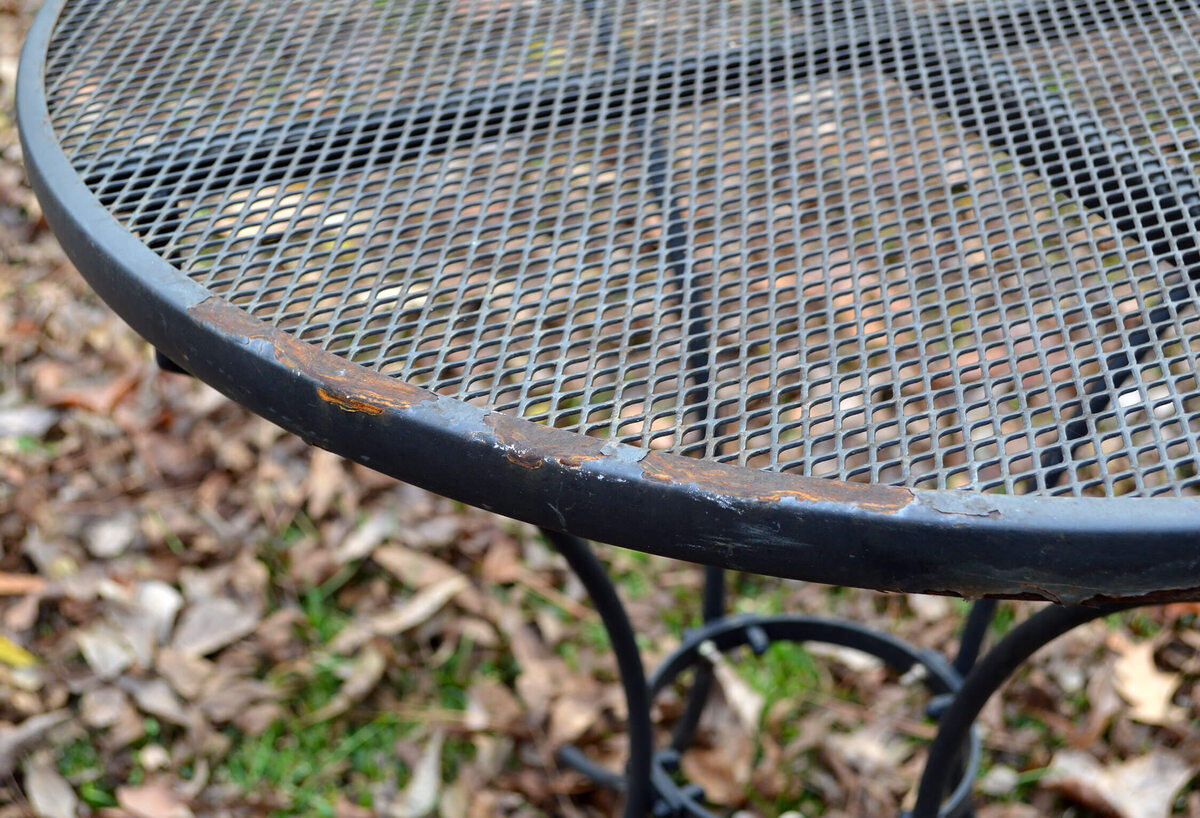

0 thoughts on “How To Get Rust Off Patio”